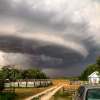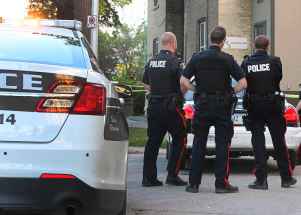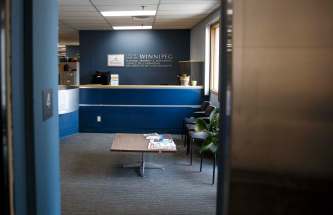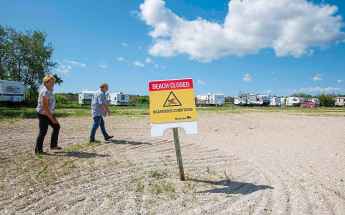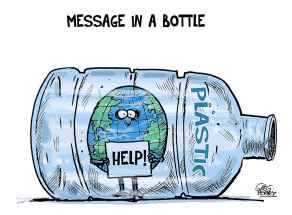One year after EF4-scale tornado, Alonsa is still picking up pieces
Read this article for free:
or
Already have an account? Log in here »
To continue reading, please subscribe:
Monthly Digital Subscription
$0 for the first 4 weeks*
- Enjoy unlimited reading on winnipegfreepress.com
- Read the E-Edition, our digital replica newspaper
- Access News Break, our award-winning app
- Play interactive puzzles
*No charge for 4 weeks then price increases to the regular rate of $19.00 plus GST every four weeks. Offer available to new and qualified returning subscribers only. Cancel any time.
Monthly Digital Subscription
$4.75/week*
- Enjoy unlimited reading on winnipegfreepress.com
- Read the E-Edition, our digital replica newspaper
- Access News Break, our award-winning app
- Play interactive puzzles
*Billed as $19 plus GST every four weeks. Cancel any time.
To continue reading, please subscribe:
Add Free Press access to your Brandon Sun subscription for only an additional
$1 for the first 4 weeks*
*Your next subscription payment will increase by $1.00 and you will be charged $16.99 plus GST for four weeks. After four weeks, your payment will increase to $23.99 plus GST every four weeks.
Read unlimited articles for free today:
or
Already have an account? Log in here »
Hey there, time traveller!
This article was published 19/07/2019 (2333 days ago), so information in it may no longer be current.
ALONSA – Jimmy Bruce crouches to scoop up a hunk of rusty tin from the beach. It’s one of hundreds, if not thousands, of pieces of the community that washed ashore on Margaret Bruce Beach in the past year.
The roughly quarter-mile stretch of sand along Lake Manitoba was named after Bruce’s grandmother.
Since a tornado ripped through on Aug. 3, 2018, his family’s campground and beach were left in pieces. He and wife Christel are trying to rebuild.
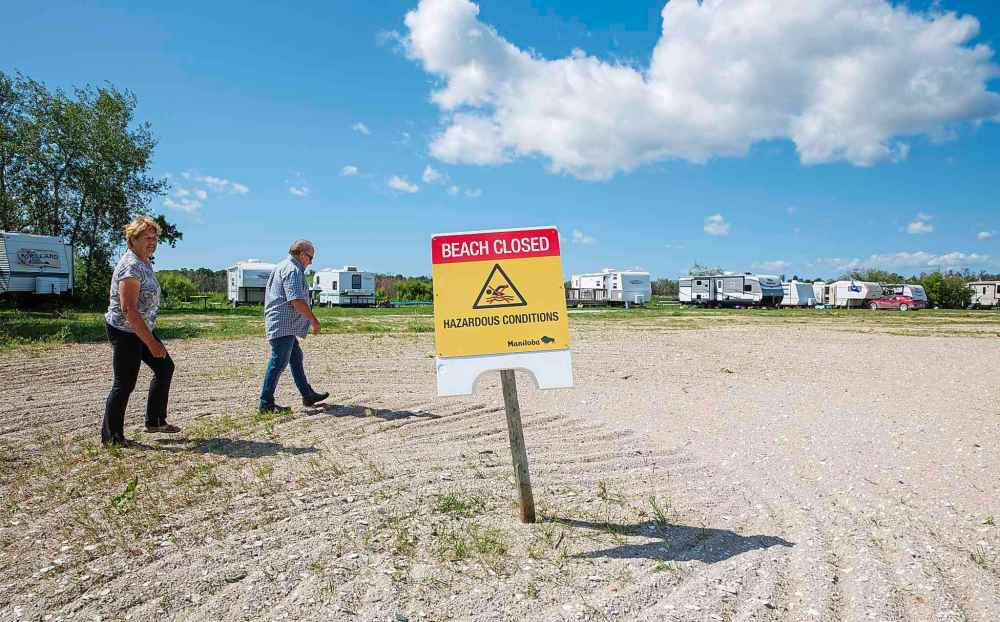
The trouble is, they’ve already sunk at least $100,000 into the property, rerouting hydro lines to every campsite, replanting trees and setting up sheds.
Bruce wants to build new washrooms to lure campers back. He has about 30 sites and around half are vacant. Admission to the beach is $1 for adults, 50 cents for teens and free for kids 12 and under.
Those washrooms would cost about $15,000 more, Bruce says – a tab he’s hoping the province will pay.
“It’s not a big three-storey bathroom we’re wanting. It’s a three-hole (facility),” he says, walking around the cement strip where the toilets toppled.
“I just don’t have the funds.”
The provincial government says it’s spent about $150,000 on cleanup in the area so far, but not all insurance claims have been filed nor costs submitted for disaster financial assistance.
A spokesperson says crews officially began cleaning up around Alonsa on June 16 and finished before the July long weekend, more than 10 months after the EF4-scale twister hit. (The federal department of fisheries and oceans requires any “lakebed clean up efforts be deferred until all spawning is completed.”)
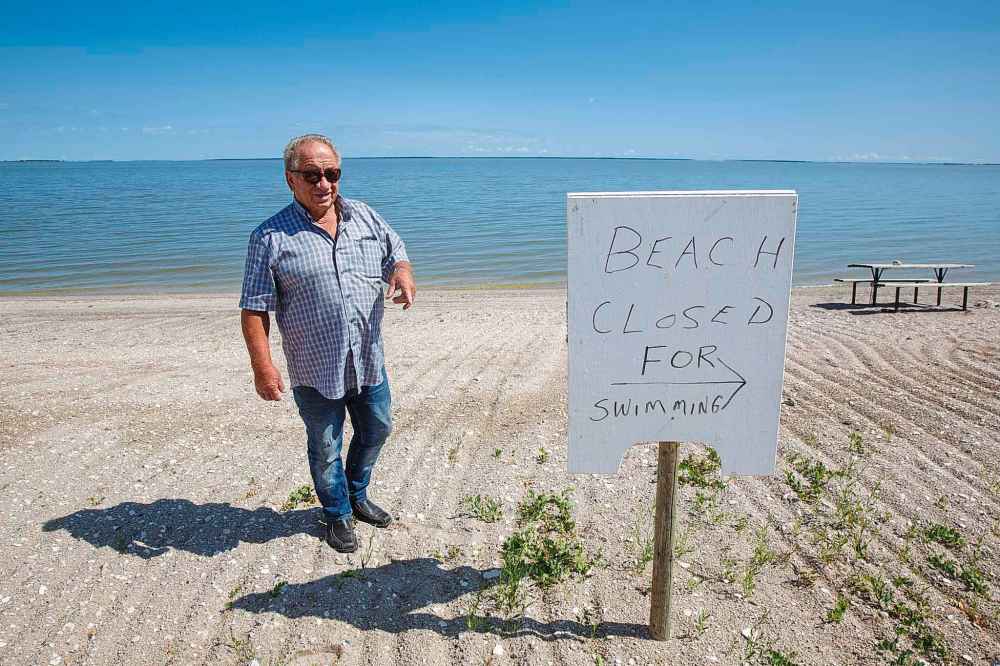
The Enhanced Fujita (EF) Scale
The Enhanced Fujita (EF) Scale was devised by a panel of meteorologists and engineers at Texas Tech University and rates the intensity of tornadoes based on the damage they cause. The scale has been used in the United States since 2007 and Canada began using the scale in 2013.
The Enhanced Fujita (EF) Scale was devised by a panel of meteorologists and engineers at Texas Tech University and rates the intensity of tornadoes based on the damage they cause. The scale has been used in the United States since 2007 and Canada began using the scale in 2013.
EF-0
Estimated wind speeds: 65 to 85 mph.
Typical Observations: Light damage. Peels surface off some roofs; some damage to gutters or siding; branches broken off trees; shallow-rooted trees pushed over.
EF-1
Estimated wind speeds: 86 to 110 mph.
Typical Observations: Moderate damage. Roofs severely stripped; mobile homes overturned or badly damaged; loss of exterior doors; windows and other glass broken.
EF-2
Estimated wind speeds: 111 to 135 mph.
Typical Observations: Considerable damage. Roofs torn off well-constructed houses; foundations of frame homes shifted; mobile homes completely destroyed; large trees snapped or uprooted; light-object missiles generated; cars lifted off ground.
EF-3
Estimated wind speeds: 136 to 165 mph.
Typical Observations: Severe damage. Entire stories of well-constructed houses destroyed; severe damage to large buildings such as shopping malls; trains overturned; trees debarked; heavy cars lifted off the ground and thrown; structures with weak foundations blown away some distance.
EF-4
Estimated wind speeds: 166 to 200 mph.
Typical Observations: Devastating damage. Well-constructed houses and whole frame houses completely leveled; cars thrown and small missiles generated.
EF-5
Estimated wind speeds: Over 200 mph.
Typical Observations: Incredible damage. Strong frame houses leveled off foundations and swept away; automobile-sized missiles fly through the air in excess of 100 m (109 yd); high-rise buildings have significant structural deformation; incredible phenomena will occur.
– Storm Prediction Center
The Bruces point out at least 10 per cent of the beach still needs cleaning. Signs blare: “Beach Closed – Hazardous Conditions.” Bruce warns visitors to wear water shoes everywhere.
The camping community has helped lug pieces of metal siding, trailers, vehicles and cottages out of the water and still, nearly every swimmer brings back a souvenir.
Isabel Vivier, Bruce’s sister, has camped here at least 30 years. She recounts how she was one of the lucky ones last year: her trailer didn’t get a scratch, while her next-door neighbour’s was gone with the wind.
Vivier only knew to drive to safety because her neighbour yelled at her to leave. A tornado was coming.
She never got an emergency alert on her phone, and neither did Bruce.
He took shelter in his beach cabin, taking pictures of the tornado and begging it to “turn, turn, turn,” away.

Neither of them were injured.
“Guardian angels, right?” Vivier says.
Shoddy phone service was and is a point of contention around Alonsa. The town has two cellular towers, but is still sometimes a dead zone.
A phone interview with Alonsa councillor Mike Brown is interrupted twice, the second time as he’s discussing how cell service isn’t a luxury anymore but is a necessity for all Canadians.
“The rates keep going up all the time and (companies) are providing a service they can’t uphold with their contracts,” Brown says. “They provide the service, but they can’t give everybody the same service. And in this day and age, it should be (the same).”
When Bell-MTS tried converting a larger tower near Amaranth, Man., to an LTE network last spring, many in the surrounding communities lost reception, Brown says. In the tornado’s aftermath, they got some service restored.
A Bell executive called Premier Brian Pallister to personally apologize for leaving some Manitobans stranded during the tornado.
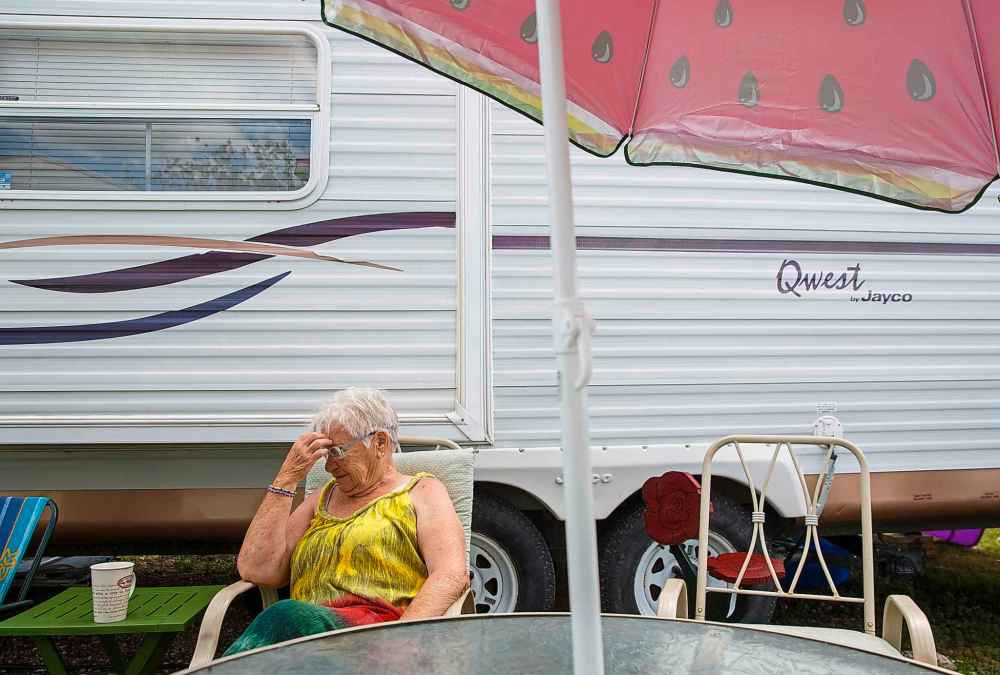
In a statement Friday, Bell said it didn’t have any news about expanded LTE coverage in the Alonsa area.
“Bell continues to grow LTE coverage in Manitoba and across the country (our LTE network now covers over 99 per cent of the Canadian population), but expansion in areas of very low population is always a challenge for wireless providers,” a company spokesperson said by email.
From conversations he’s had, Bruce guesses about 50 per cent of local people got phone alerts before the deadly tornado last year. His friend, Jack Furrie, 77, likely wasn’t one of them. He died in the storm, apparently trying to flee to his truck.
Without political will, the Bruces believe, they won’t get better phone service – a matter they’ve seen can mean life or death.
“It’s common sense. Big companies like Bell are not going to give 30 people here service. They’re not going to get their money back if they build a tower,” bruce says.
That said, the community looks out for one another here. They keep wary of storm clouds on the horizon.
“We sure watch the sky a lot closer now,” Christel bruce says, and Brown agrees.
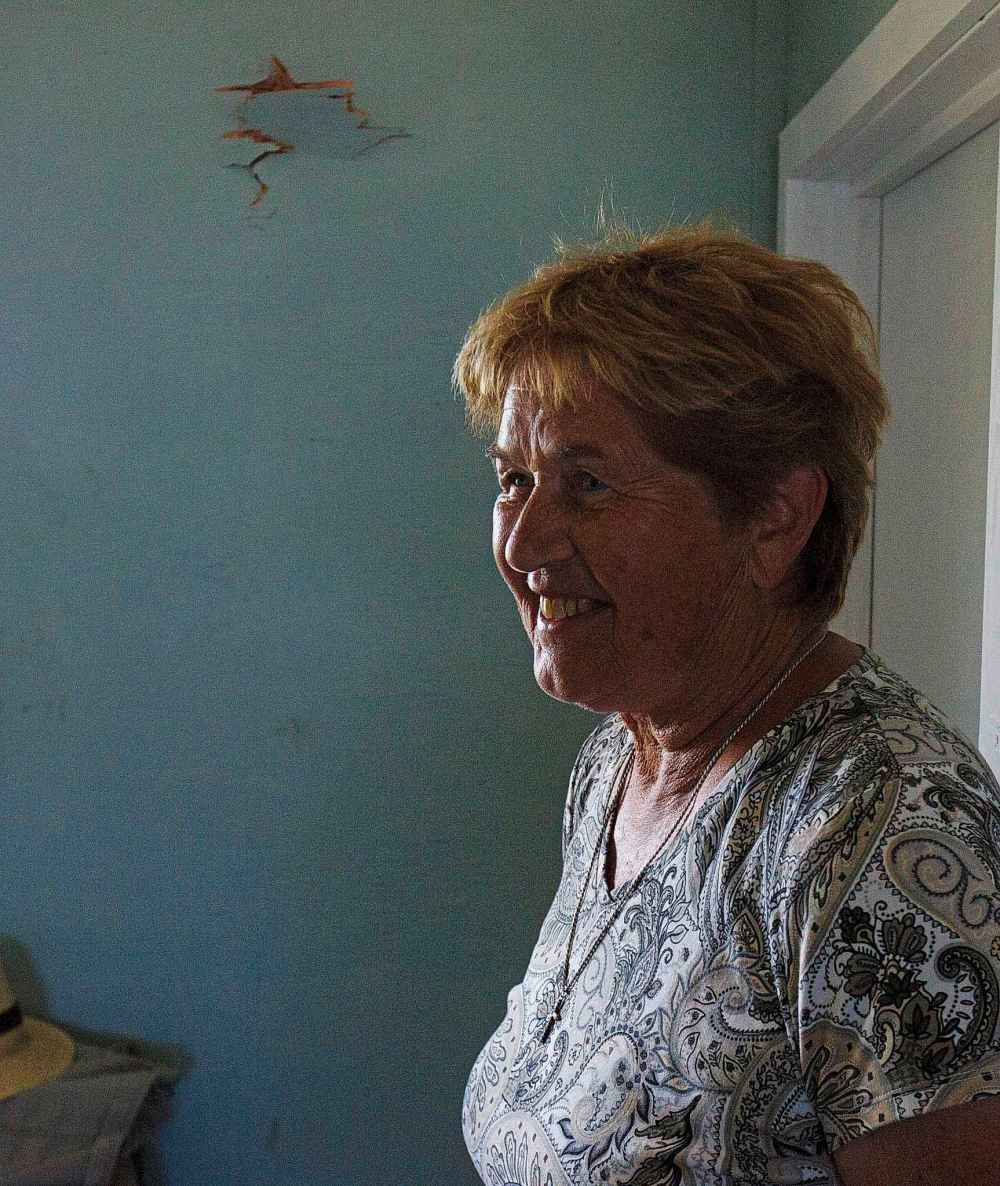
“It’s kind of put everybody on high alert as soon as we get some bad weather through the summer,” he says. “But we just try to carry on with normal life.”
jessica.botelho@freepress.mb.ca
Twitter: @_jessbu



